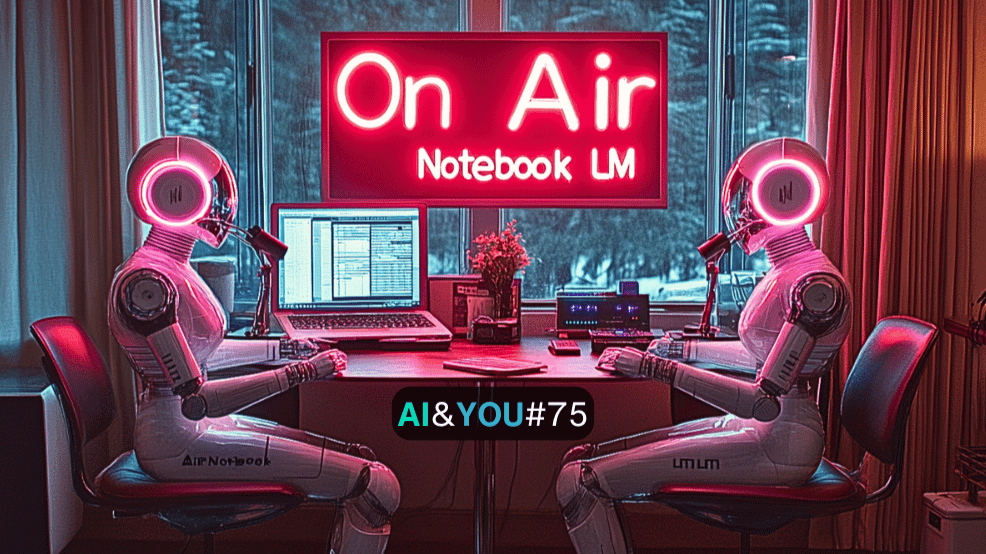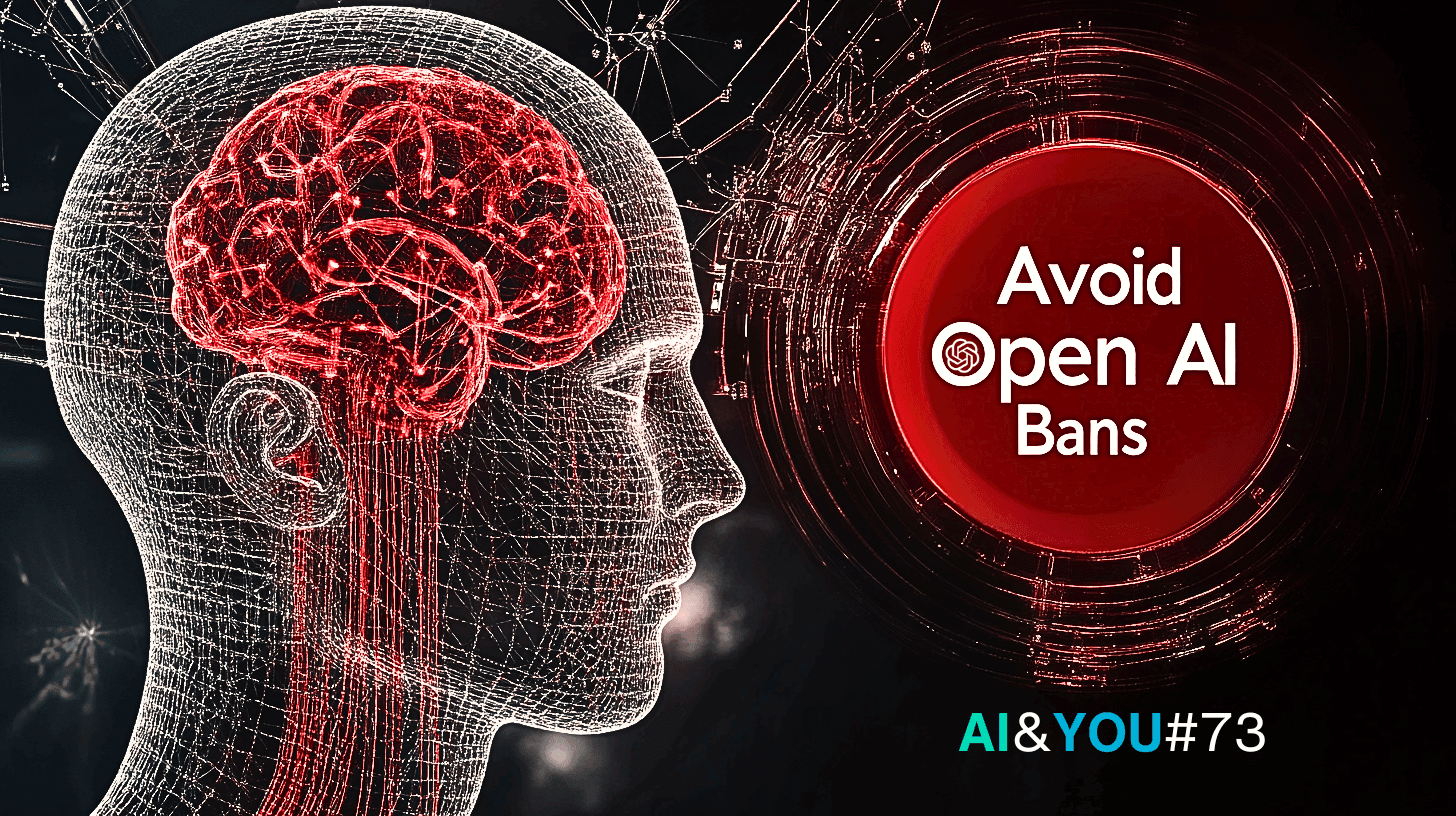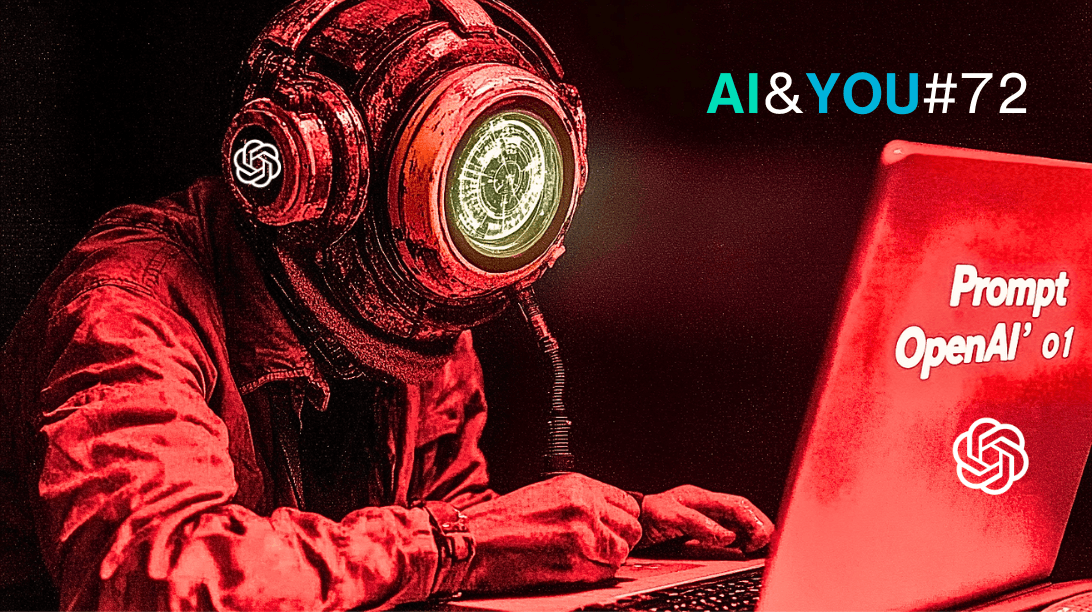AI&YOU#30: Satya Nadella plays Kingmaker in the AI world & overthrows Open AI’s old board
Allowing the company to be destroyed “would be consistent with the mission.”
That was what the old OpenAI board told the OpenAI leadership during the firing of Sam Altman. It’s also what led to 700 out of OpenAI’s 770 employees to threaten to quit and take Satya Nadella’s offer to join Sam Altman at a new subsidiary at Microsoft.
The firing and then rehiring of Sam Altman resulted in a seismic shift, redefining power structures and alliances at the highest levels.
At the center of this monumental change is Satya Nadella, CEO of Microsoft, who has emerged as a pivotal figure in reshaping the governance and strategic direction of one of the most influential entities in AI, Open AI.
This firing of Sam Altman fortified the direct partnership between Altman and Nadella. Had Open AI not welcomed Altman back, Nadella’s moves would have led Open AI to the verge of bankruptcy as 700 of 770 workers were prepared to leave the company to join Altman, Microsoft has the ability to cut off access to GPUs at a time when Open AI’s servers are at capacity, and Microsoft could have withheld funding the majority of the investment pledged to the company at a time when OpenAI is hemorrhaging cash.
This tumult has not only impacted OpenAI internally but also sent ripples across the entire AI landscape. Nadella’s role in these developments has been nothing short of transformative. His strategic moves and decisions during this period have positioned Microsoft, and by extension himself, as key architects of the new order in the AI world.
As we delve into the intricate details of these developments, it becomes clear that Nadella’s influence extends far beyond the boardrooms of Microsoft and OpenAI. His actions have set in motion a series of events that may well determine the future trajectory of AI development and its application globally.
Over the next few months, the implications of Altman and Nadella’s direct partnership is going to become more apparent. Read on for our predictions.
The Dynamics of OpenAI’s Leadership Crisis
The saga at OpenAI began with a startling move: the dismissal of Sam Altman, the organization’s visionary CEO. Altman was abruptly ousted, sending shockwaves throughout the tech community.
During this period of uncertainty, Satya Nadella, the CEO of Microsoft, played a crucial role. Nadella’s maneuvers positioned Microsoft not just as a bystander but as a strategic influencer in the unfolding events at OpenAI.
As the industry grappled with the implications of Altman’s departure, a surprising development unfolded right after. In a turn of events, Altman made a dramatic return to OpenAI. This reversal was not just a mere leadership change but a strategic move that hinted at deeper negotiations and power plays behind the scenes.

Nadella’s role in this reversal was significant. Reports suggest that Microsoft, under Nadella’s leadership, offered all OpenAI employees an opportunity to join a Microsoft subsidiary headed by Altman prior to his return.
This move was a masterstroke, as it allowed Microsoft to potentially acquire OpenAI in a distressed sale if the mass resignation of employees had occurred. By aligning with Altman, Nadella not only facilitated his return to OpenAI but also ensured that Microsoft remained the key stakeholder in OpenAI’s future.
This sequence of events highlights Nadella’s strategic acumen in navigating the complex landscape of AI governance and partnership. By supporting Altman’s reinstatement, Nadella has ensured that Microsoft remains integrally connected to OpenAI’s future, reinforcing its position in the rapidly evolving AI world.
Microsoft’s Offer to OpenAI Employees
In a move reflective of Satya Nadella’s strategic foresight in the AI industry, Microsoft extended an offer to OpenAI employees during the entire ordeal, inviting every single one them to join a new subsidiary under Sam Altman’s leadership.
This proposition was not merely a corporate reshuffling but a calculated play by Nadella to deepen Microsoft’s foothold in the AI landscape.
The potential ramifications of this offer were significant. It placed OpenAI’s employees at a crossroads, with the choice to either stay with their current employer during a period of instability or migrate to a familiar leadership within the Microsoft ecosystem.
The prospect of a mass resignation in response to this offer posed a substantial threat to OpenAI’s operational stability.

Had a considerable number of OpenAI’s talents accepted Microsoft’s offer, OpenAI would have faced a debilitating talent drain, possibly pushing it towards a distressed state ripe for acquisition.
Microsoft, already a key ally and resource provider for OpenAI, would have been in a prime position to acquire the AI research lab’s remaining assets in a distressed sale in such a scenario.
Microsoft’s Ascendancy in AI Under Nadella
Under Satya Nadella’s leadership, Microsoft has fortified its position in the AI landscape, leveraging significant resource advantages and strategic coordination.
The tech giant’s financial muscle and access to critical resources, such as GPUs, have been instrumental in shaping its AI strategy.
This resource superiority not only empowers Microsoft’s own AI initiatives but also positions it as an indispensable ally for AI research labs like OpenAI.
The coordination between Microsoft and Sam Altman, especially following the latter’s return to OpenAI, exemplifies a deep strategic alignment.
Nadella’s ability to negotiate and maintain this alliance underscores Microsoft’s pivotal role in the AI industry, not just as a technology provider but as a strategic partner influencing the direction of AI research and development.

De Facto Control Over OpenAI
Even without a formal board seat for Altman at OpenAI, Microsoft, under Nadella’s guidance, exercises a de facto control over the AI research lab.
This influence stems from Microsoft’s integral role in providing essential resources and from its strengthened ties with Altman. Nadella’s approach in this regard is subtle yet powerful, ensuring Microsoft’s interests are closely aligned with OpenAI’s trajectory.
This level of influence marks a significant shift in the power dynamics within the AI sector, where Microsoft, under Nadella’s stewardship, emerges as a key decision-maker in the future developments of OpenAI.
Our Predictions: Changes to OpenAI-Microsoft Investment Terms
Looking ahead, we may anticipate revisions to the investment terms between OpenAI and Microsoft. These changes could potentially grant Microsoft greater access to OpenAI’s key technologies and research outputs.
Such amendments would likely be aimed at reinforcing the symbiotic relationship between the two entities, ensuring that Microsoft benefits from OpenAI’s pioneering work in AGI.
These revisions might include clauses that provide Microsoft with preferential access to breakthrough AI models and technologies developed by OpenAI. The terms could also involve joint development agreements, further blurring the lines between independent research and corporate partnership.
This would mark a significant leap in Microsoft’s AI strategy, placing it at the forefront of AI innovation and commercialization.

The Chip Venture
In another ambitious move, Microsoft is poised to potentially collaborate with Sam Altman on an AI chip venture. This initiative, targeting the development of advanced AI chips, positions itself as a formidable challenge to Nvidia’s dominance in the market.
Altman’s expertise and vision in AI, combined with Microsoft’s technological prowess and resources, create an ideal synergy for this venture. The development of these chips is crucial for advancing AI capabilities, offering enhanced efficiency and processing power needed for complex AI tasks.
The collaboration between Microsoft and Altman in this area promises not only to accelerate the development of these innovative chips but also to strategically position Microsoft in the AI hardware market if it goes through.
By integrating these chips into their AI infrastructure, Microsoft would stand to gain a significant competitive edge. This venture represents a bold step in diversifying Microsoft’s AI strategy under Nadella’s leadership, extending its influence beyond software and into the critical realm of AI hardware.
Future Collaborations and Industry Impact
Under Nadella’s leadership, we can expect an expansion of strategic alliances between Microsoft and OpenAI. These collaborations are likely to go beyond mere financial investments or resource sharing. They could encompass joint research initiatives, shared AI ethics frameworks, and collaborative efforts in navigating regulatory landscapes.
Such partnerships will have profound implications for the AI industry. They could set new standards in AI research and development, influence market trends, and shape the ethical and regulatory discourse around AI.
Microsoft, with its enhanced role in OpenAI, could emerge as a central figure in directing the AI narrative, championing innovation while also addressing critical concerns around AI safety, ethics, and accessibility.
These strategic alliances under Nadella’s vision will not only fortify Microsoft’s position in the AI domain but also potentially transform the broader AI ecosystem, influencing how AI technologies are developed, deployed, and governed globally.
Thank you for taking the time to read AI & YOU!
*Skim AI is an Artificial Intelligence consultancy that has provided AI Advisory & Development Services to enterprises since 2017.
*Chat with us about Enterprise AI
*For even more content on enterprise AI, including infographics, stats, how-to guide, articles and videos, follow Skim AI on LinkedIn
PLEASE LIKE, SUBSCRIBE & SHARE!






